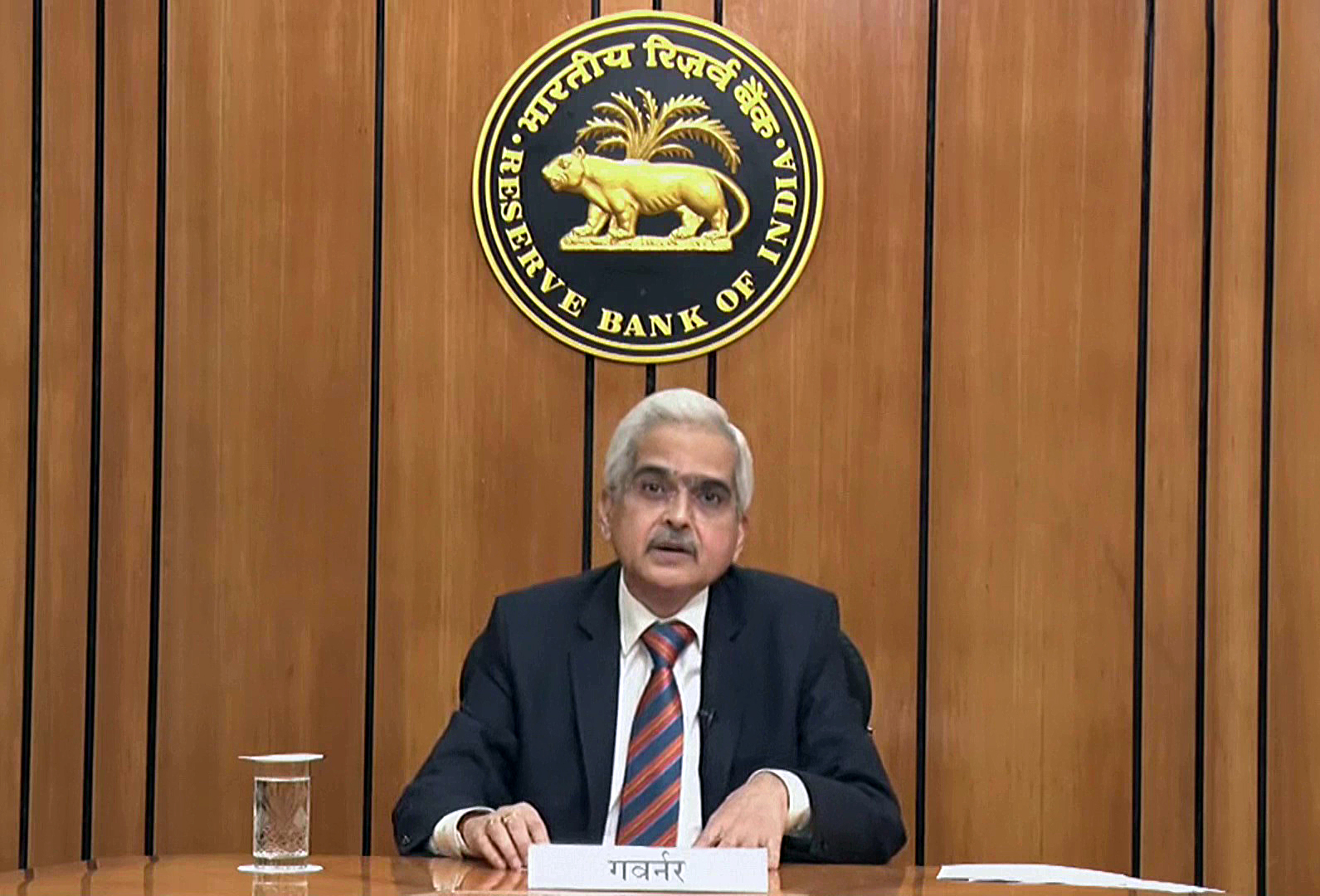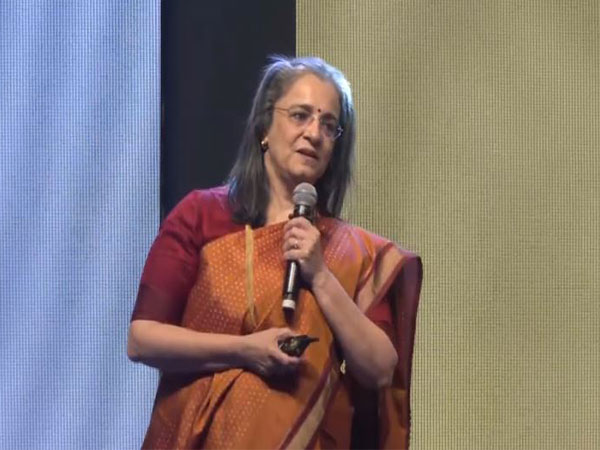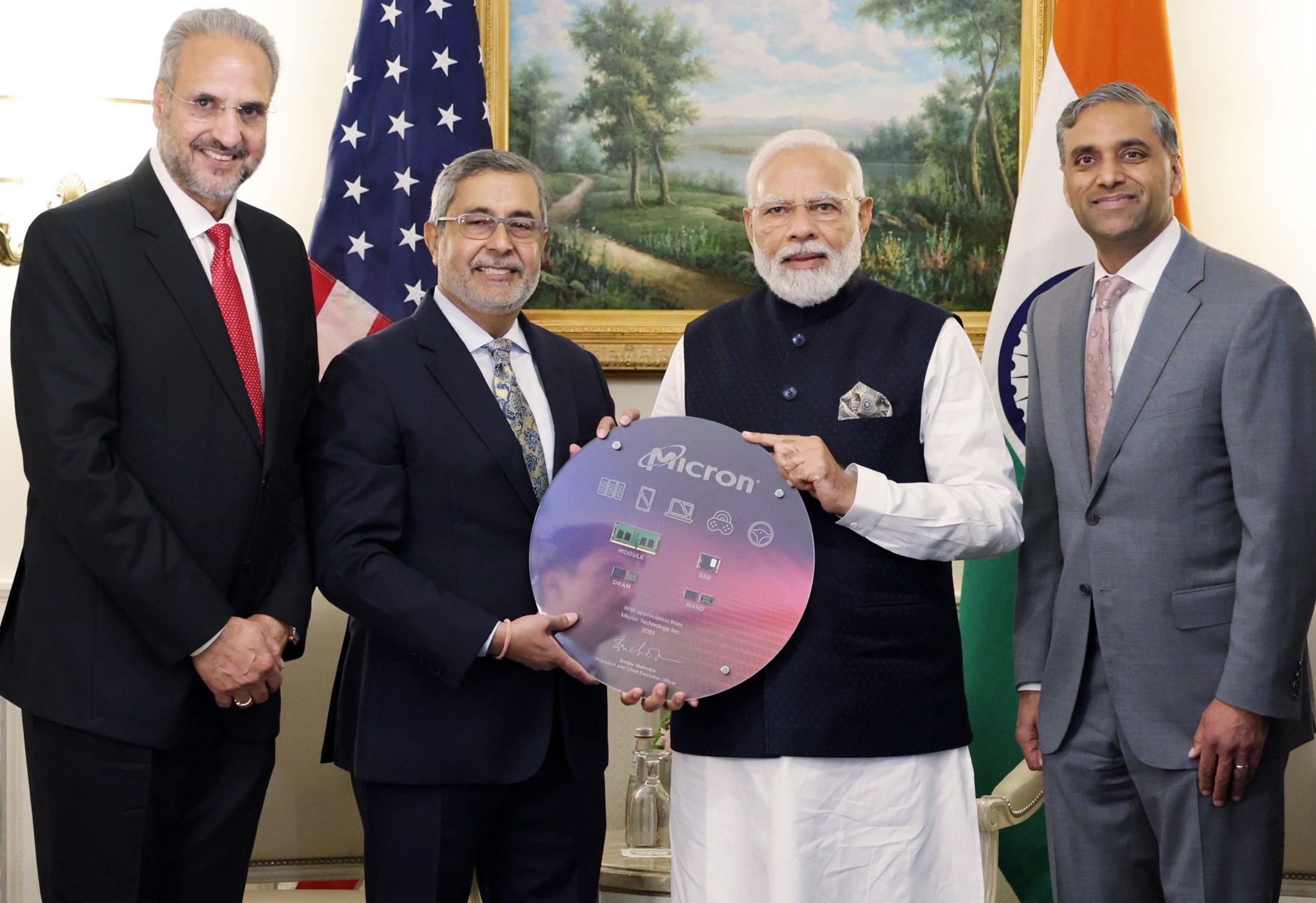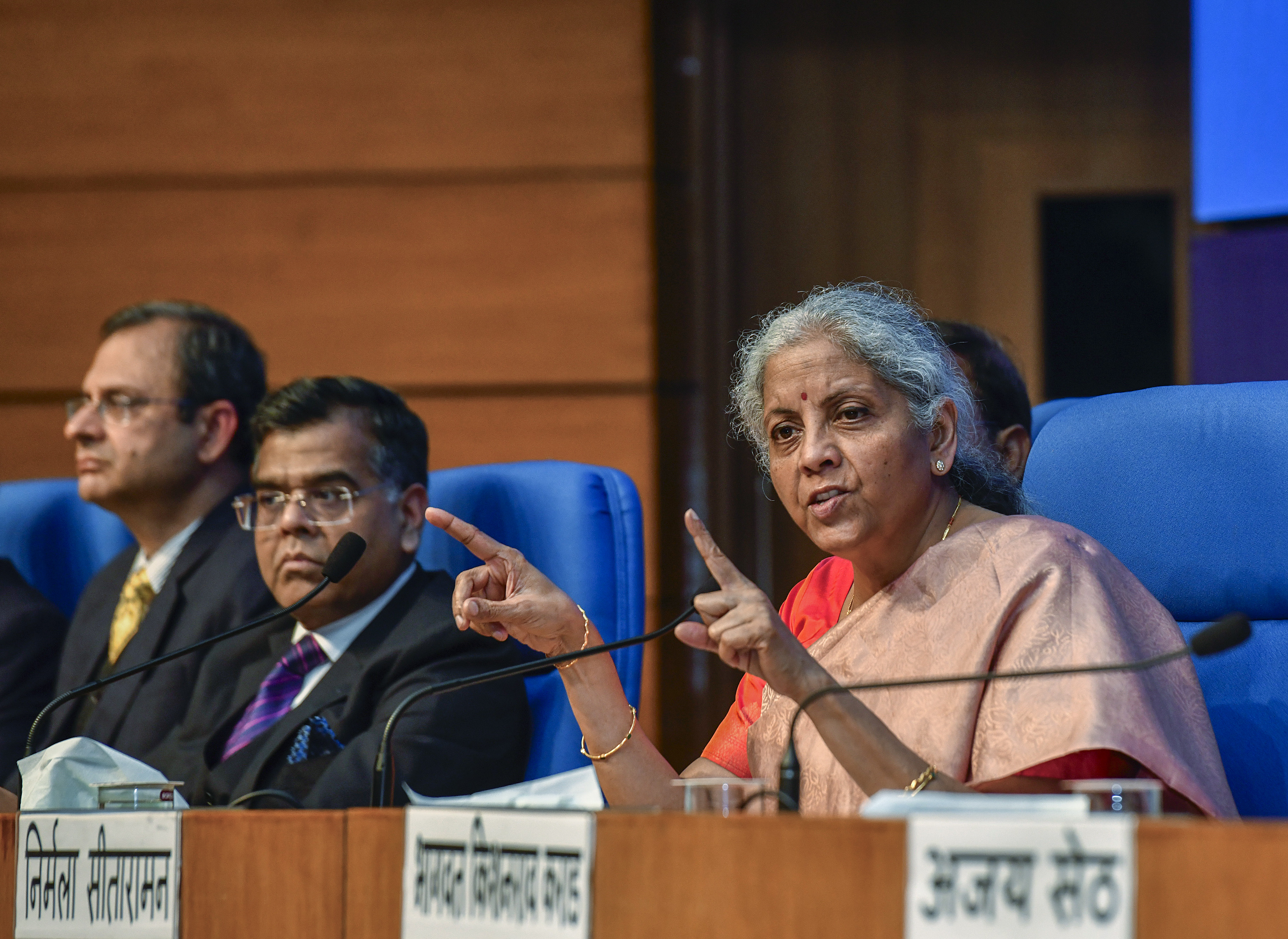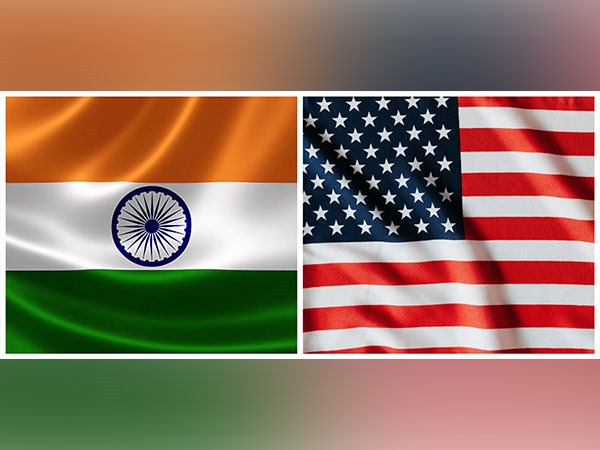The economic growth is projected to remain strong in 2022-23. The real GDP growth is projected at 17.2% in the first quarter of the financial year beginning April 2022
Our Bureau
New Delhi
Amid growing concern about the impact of the new strain of Coronavirus on the economy the Reserve Bank of India (RBI) on Wednesday stuck to its “wait and watch” policy keeping the key lending rates unchanged for the ninth consecutive time.
In its bi-monthly policy review, the central bank decided to keep the repo rate unchanged at 4 per cent. The repo rate is the interest rate at which the RBI lends short-term funds to banks. According to RBI Governor Shaktikanta Das, the central bank’s Monetary Policy Committee has unanimously decided to maintain the status quo on policy repo rate by a majority of 5 to 1 to retain the “accommodative policy stance”.
The RBI has maintained a status quo on these key policy rates for the past one-and-a-half year. The last time the RBI changed the policy rate was in May 2020. The central bank had slashed the key policy rates in May 2020 to historic lows to support the economy hit by the COVID-19 pandemic.
Elaborating on the rationale for maintaining status quo on the policy rate and the ‘accommodative stance’, Das said: “economic activity is broadly evolving in line with its assessment in October, the MPC was of the view that the sharp and sustained reduction in new COVID-19 infections and the rise in vaccination coverage are contributing to consumer confidence and business optimism. The prospects for economic activity are steadily improving, including for contact-intensive services that were hit hard by the pandemic.”
On inflation, the MPC noted the supply-side measures taken by the government to contain food prices as also the calibrated reductions in central excise duties and state Value Added Taxes (VAT) on petrol and diesel. Crude oil prices have also softened since end-November. These would alleviate, to an extent, the domestic cost-push build-up.
The bank also said on Wednesday that India’s Gross Domestic Product (GDP) is expected to grow by 9.5 per cent and consumer price inflation is projected to remain at 5.3 per cent in the current financial year.
The economy is projected to expand by 6.6 per cent in the third quarter and by 6 per cent in the fourth quarter of 2021-22. So far, the official figures for the first two-quarters of the current fiscal have been released. The GDP expanded by 20.1 per cent during the first quarter and 8.4 per cent in the second quarter of 2021-22, year-on-year. The positive growth numbers come after a sharp contraction recorded in 2020-21.
The economic growth is projected to remain strong in 2022-23. The real GDP growth is projected at 17.2 per cent in the first quarter of the financial year beginning April 2022 and 7.8 per cent in the July-September quarter of 2022-23.
“The recovery that had been interrupted by the second wave of the pandemic is regaining traction, but it is not yet strong enough to be self-sustaining and durable. This underscores the vital importance of continued policy support,” said Das.
Inflation is expected to remain in the RBI’s target range of 4-6 per cent. Consumer Price Index (CPI) inflation is projected at 5.3 per cent for the financial year 2021-22.
Meanwhile, Swiss brokerage Credit Suisse expects the economy to continue to show positive surprises and record up to 9 per cent growth in the next fiscal. For the current financial year too, the brokerage anticipates growth to be higher than the consensus forecast of 8.4-9.5 per cent, and printing in at around 10.5 per cent.
As a policy, Credit Suisse does not provide absolute growth numbers in its forecast. However, an extrapolation of data available and projections indicate that economic growth could clip 9 per cent in 2022-23 period, which according to the brokerage is up to 400 basis points (bps) over the consensus numbers.
On the markets, he said since the country’s price-to-earnings premium of 21 per cent over global equities and 72 per cent over the emerging markets is already too high, further upside in the metric is unlikely.
In the first half of the current fiscal, revenue receipts were 16 per cent higher than the full year estimates and the central government’s cash balances with the RBI are 1.5-2 per cent higher than normal as a share of the GDP.
















